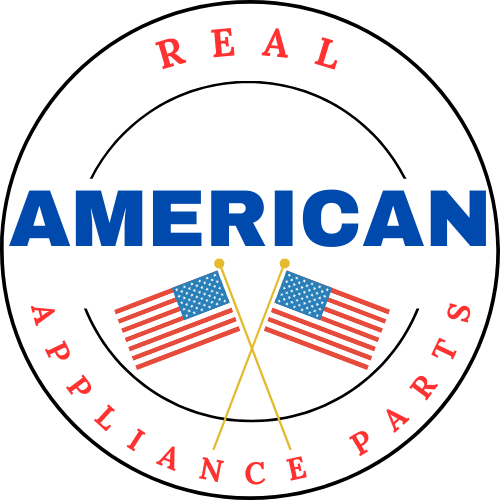Spring Vehicle Maintenance Tips for Appliance Repair Companies
As winter fades and spring approaches, appliance repair companies must ensure their service vehicles are in top condition to handle the changing weather. Seasonal transitions can bring about a host of vehicle issues, and proactive maintenance is crucial to prevent breakdowns, reduce repair costs, and maintain efficiency. Here’s a detailed guide on common vehicle issues during the spring season and the steps appliance repair businesses should take to protect their fleets.
Common Vehicle Issues in Spring
-
Tire Wear and Pressure Fluctuations
- Winter driving can lead to uneven tire wear, reducing traction and fuel efficiency.
- Temperature changes can cause fluctuations in tire pressure, leading to underinflation or overinflation.
-
Battery Performance Decline
- Cold temperatures can weaken battery performance, making it prone to failure as temperatures rise.
- Corrosion on battery terminals and loose connections can lead to unreliable starts.
-
Fluid Levels and Leaks
- Freezing temperatures can cause cracks in hoses and seals, leading to fluid leaks.
- Essential fluids like coolant, engine oil, and brake fluid should be checked and topped off.
-
Wiper Blades and Visibility Issues
- Ice, snow, and road debris from winter can damage wiper blades, reducing effectiveness in spring rains.
- Windshield washer fluid should be replenished with a spring-appropriate formula.
-
Rust and Corrosion
- Road salt accumulation can lead to rust, particularly on undercarriages and brake components.
- Proper cleaning and rust-proofing can help mitigate long-term damage.
-
Suspension and Alignment Problems
- Potholes and rough winter roads can throw off alignment, leading to uneven tire wear and poor handling.
- Shocks and struts should be inspected to ensure a smooth ride.
-
Air Conditioning System Readiness
- After months of non-use, A/C systems may need recharging or repairs to ensure optimal cooling.
- Cabin air filters should be checked and replaced for better airflow and air quality.
Fleet Protection and Preventative Maintenance Steps
-
Schedule Comprehensive Spring Inspections
- Conduct thorough inspections of all fleet vehicles to identify and address potential issues before they become costly problems.
- Use checklists to ensure no critical components are overlooked.
-
Rotate and Replace Tires as Needed
- Rotate tires to promote even wear and extend lifespan.
- Consider switching from winter tires to all-season or summer tires if applicable.
-
Test Batteries and Electrical Systems
- Check battery voltage and charging system health.
- Clean and secure battery terminals to prevent connectivity issues.
-
Inspect and Replenish Fluids
- Top off engine oil, transmission fluid, coolant, brake fluid, and power steering fluid.
- Look for leaks and replace any worn hoses or seals.
-
Wash and Protect Exterior and Undercarriage
- Remove salt and grime buildup to prevent rust and paint damage.
- Apply protective coatings where necessary, especially on the undercarriage.
-
Align and Balance Wheels
- Have a professional check and adjust wheel alignment.
- Ensure proper balance to prevent vibration and premature tire wear.
-
Service the Air Conditioning System
- Test the system and recharge refrigerant if necessary.
- Clean or replace the cabin air filter for better performance.
-
Ensure Compliance with Fleet Maintenance Records
- Maintain detailed records of inspections, services, and repairs.
- Utilize fleet management software to track vehicle conditions and schedule maintenance reminders.
Conclusion
Taking proactive steps to prepare appliance repair service vehicles for the spring season ensures operational efficiency, extends the lifespan of the fleet, and reduces unexpected downtime. By addressing these common issues and following a strategic maintenance plan, businesses can improve reliability, enhance safety, and optimize service delivery. Prioritizing fleet health means fewer roadside emergencies and more satisfied customers throughout the busy spring months.
